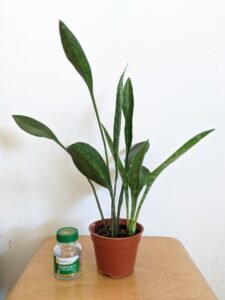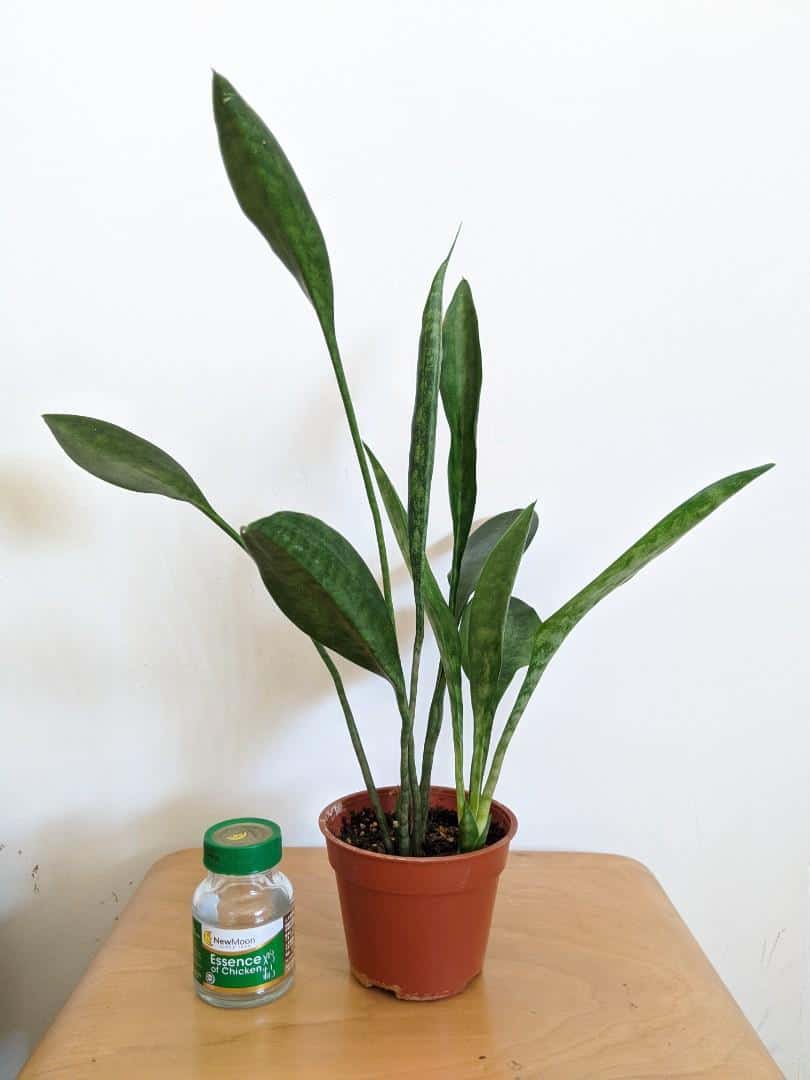
Snake Plants Origins and History
Snake plants, like sansevieria concinna, which originated in West African tropical forests, appear to flourish in hot, sunny environments. Snake plants thrived in a region of Africa that extended from Nigeria to the Congo before becoming a popular indoor plant. The species has grown in popularity as an indoor houseplant all around the world since then.
Throughout its history, this plant has been known as Sansevieria. The plant family was introduced to the Dracaena genus in 2017. Snake Plants: Scientific Information The scientific name of the snake plant has recently been changed to Dracaena trifasciata. It is a member of the Asparagaceae plant family, which includes a garden, as you might anticipate.
Sansevieria Concinna
Sansevieria concinna is a kind of Sansevieria. Sansevieria concinna is a Sansevieria species native to South Africa. The rosette is made up of erect, lanceolate leaves that develop from a thick rhizome. They are green in hue with pale green transverse stripes and grow to be between 15 and 25 cm long. The leaf has a smooth surface and no firm edges. White spike-shaped inflorescences emerge. They can range in length from 15 to 30 cm.
Surprisingly this plant would like to live in a shady location! It won’t be weak if you keep them in non-sunny places! Maybe it’s a good option for you to put in the bedroom. Even though they originally come from South Africa, it prefers to be in 20 Celcius temperature. Water them moderately!
Drainage on the pot is important for them. Even though they can absorb more water, it has no tolerance to waterlogging.
How Much Humidity Does A Sansevieria Concinna Need?
Sansevieria Concinna can withstand a broad range of humidity conditions. However, for your snake plant, a percentage range of 40-50 percent would be perfect.
Anything less will cause your snake plant to droop, while anything more will cause leaf spot and pest infestation.Your snake plant will thrive in a room with a temperature range of 60°F to 80°F and greater humidity levels. Symptoms that your snake plant requires more humidity Although the snake plant like to be kept dry, if the humidity levels are too low, your plant will exhibit the following symptoms:
- Brown edges
- Yellowing of the leaves
- Drooping and curling of the leaves
- Wilting of the snake plant
Most of these symptoms are similar to watering problems; you’ll need to know your plant’s cultural conditions to figure out what’s wrong. If all other cultural circumstances are ideal, humidity is most likely the source of these issues.
How To Maintain The Humidity Level For The Sansevieria Concinna?
It shouldn’t be too difficult to keep your sansevieria concinna at the right humidity level. The humidity problem has different solutions depending on where you reside. If the humidity level is too low, we need to take a few measures to increase it, and if it is too high, we need to lower it. Let’s have a more in-depth discussion about it.
Use A Dehumidifier
If you reside in a region where humidity levels are high, you may need to use a dehumidifier to reduce the humidity. Your snake plant’s health might be harmed by too much dampness. As a result, one of the most effective ways to regulate humidity in your house is to use a dehumidifier.
Keep away from any source of heat. It’s critical to keep your snake plant away from any source of heat. The humidity in the air vent or near your wood-burning stove might change, which can stress your snake plant. As a result, it’s critical to keep your snake plant at bay. Because the air at a higher temperature retains a lot less moisture than air at a lower temperature, increasing the temperature lowers the humidity level.
Sum Up!
Humid does affected snake plants a lot! How does humidity affected on you?

